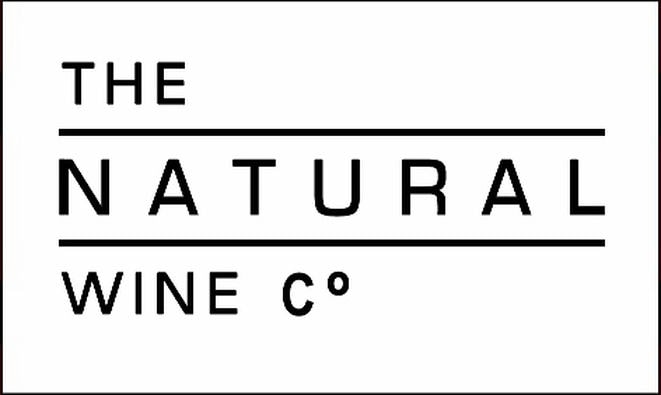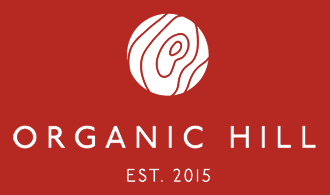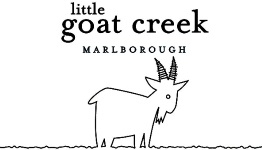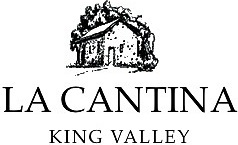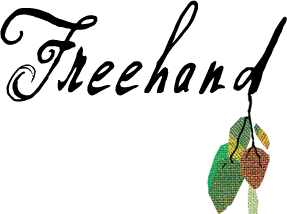What are Wine Additives?
Author: Kim Pearce & Michelle Gadd Date Posted:3 June 2021
We often see the phrases like natural, preservative free, no additions, or unfined & unfiltered on wine labels. But what exactly are the additives and processing aids allowed in winemaking? As we have noted before, Organic Certification does not mean *no* additions have been made to the wine. Artificial additives may be avoided – like added sulphur dioxide for preservative free organic wines, or animal-derived fining for vegan wines – but there are a range of different additives that can be used in winemaking, and we will explore the main ones in this blog.
What are the most common Preservatives used in Winemaking?
The most widely used is sulphur dioxide or SO2 (preservative 220), less commonly potassium metabisulphite (preservative 224), and in white wine, antioxidant ascorbic acid (300). Sulphur is used to sanitize equipment, and in winemaking at harvest, crushing, fermentation, and bottling – slowing chemical reactions that make wine ‘go bad’.
Sulphur has been used since Roman times when sulphur candles were burned in empty wine amphoras in the cellars, to keep the wine from turning to vinegar. Some suffer sulphite sensitivity (around 1% of the population), but for those who can tolerate dried apricots (2000-3000 parts per million or ppm), Australian dry wine (up to 250 ppm) should not be a problem.
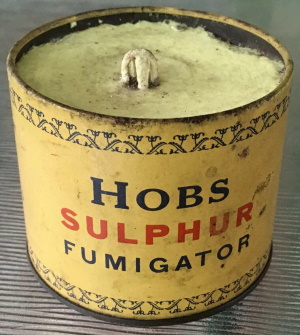
Organic certification in Australia allows for added SO2 up to 120 ppm, which safeguards quality and ageing potential. Sulphites can be a by-product of the fermentation process, with naturally-occurring sulphites usually in the range of 0-30 ppm, but very often under 10 ppm (the threshold above which it must be declared on the label). Sulphur dioxide, like the alcohol, tannins, sugar, and acid all work to preserve the wine.
What are Fining Agents?
Fining agents have been used for centuries in winemaking to clarify, soften, reduce bitterness, and remove volatile compounds in wine. Chemically or physically, fining removes proteins, colour, polymeric phenols, and tannins by binding with and settling (the clear juice then ‘racked’ or decanted off), which clarifies and stabilizes the wine.
Traditionally, many fining agents have been animal-derived, though much work has been done in recent years on finding and trialling new plant based fining agents, like pea protein. Common fining agents include:
- Gelatine – soluble animal-derived protein from collagen – often added to white juice to clarify and reduce phenolic compounds associated with bitterness, astringency, and browning. Likewise for red wine, it also removes some colour by binding with larger molecules.
- Isinglass – derived from fish collagen, e.g., sturgeon bladder – primarily for clarifying white wines. It gives a brilliantly clear wine, bringing out fruit character with less effect on the astringency and body compared to gelatine.
- Egg white – egg albumen – used to remove phenolic compounds associated with harsh astringency in red wines, as the protein binds with the larger polymeric material in the wine. Softens, improves suppleness, and is often carried out when the wine is in barrel or prior to bottling.
- Casein – milk protein – mainly for fining white wine and Sherries to reduce bitterness and browning. Softer than gelatine or isinglass but with limited clarifying action. Several types available including casein, (most commonly) potassium caseinate, mixtures of potassium caseinate with bentonite/silica, and skim milk.
- Bentonite – fine clay of aluminium-silicate formed by volcanic ash, making it vegan – principally used in white wine and juice, as it is a negatively-charged clay colloid and reacts with positively-charged proteins, precipitating them from the wine. The +ve charge on proteins is stronger at lower pH values, the effect greater in wines lower pH (high acid) wines.
- Carbon – a mineral that is likewise vegan – can remove off-flavours and odours from wine, decrease browning or pinking in white wines and to remove colour from red wines. The compounds are physically adsorbed to the large surface area of the carbon particles – with an extremely fast absorption rate, it is severe, and should be used with care.
- Plant proteins – vegan – promising R&D has been undertaken into wine fining with plant proteins like gluten, maize zeins and rice proteins, proteins from pea, soybean, and lentil, potato proteins, and grape seed extract – each with varied but comparative results to animal origin fining agents, with number of pea-based commercial fining agents on the market
What’s the difference between Wild and Added (cultured) Yeast?
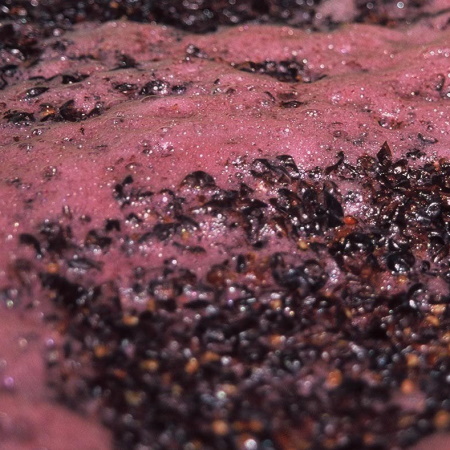
Without yeast, there is no wine, and that would be a sad situation. It is a basic chemical reaction, and it is fun to ponder how our ancestors might have discovered that the liquid created when fruit goes bad and bubbles away actually tastes good and gives most of us this slightly euphoric feeling.
The yeasts (Saccharomyces cerevisiae) convert sugars in grapes to alcohol & carbon dioxide, and this process is fermentation. There are wild yeasts in the vineyard (in fact, naturally-occurring, airborne yeasts are everywhere, e.g., ubiquitous lockdown sourdough starters), also called ambient yeasts or indigenous yeasts. Many winemakers consider these wild yeasts to be an important site-specific character (part of the terroir) of the wine and encourage wild ferment.
Any yeast will convert sugar to alcohol, but not all will work at the same rate or produce an expected effect and flavour. So, some winemakers may choose to use sulphites in the vineyard to kill wild yeasts, later adding laboratory cultured yeast with predictable fermentation rates and desired flavours in the winery.
Why do we add Tannin and Acid to wine?
Tannin and Acid don't sound that appealing, but they are natural components that are essential to flavour, structure, and longevity in the cellar.
Tannins create a sharp, astringent effect on the tongue and a dry feeling on the sides of the mouth – like a cup of strong black tea. Grape tannins naturally occur in grape seeds, stalks, and skins. Most red wines remain on crushed skins or whole bunches during fermentation, but many white wines are fermented without. If a ripening season is not ideal, natural tannins might be lacking, so additional tannins can be added, to enrich flavour, body, and colour.
Acid or the pH of wine is crucial to colour, intensity, brightness, flavour, and how long a wine will last. As grapes ripens, acid reduces and sugar increases. In a perfect vintage, the grape phenolics will be ripe at the ideal acid and sugar levels (the right flavour profile, potential alcohol, and acidity), so the wines will be naturally in balance. So, what to do when it’s not perfect?
Acidifiers like Tartaric Acid, Malic Acid, and Citric Acid or can help balance, though many people claim they can taste simulated acids in a wine. Adding acid can be used with lower acidity grapes in warmer regions, like Australia. Alternatively, de-acidifiers, like Calcium Carbonate (aka chalk), reduce high acid levels and increase the pH. This practice is common in areas that have cooler weather and ripening is challenging, like Europe.
What effect do Oak barrels and chips have?
Oak and wine (especially red) are a match made in vino-heaven, as the wood gently infuses the liquid with desirable textures and flavours. As well as grape tannins, oak aging also adds small amounts of tannin as the wine is exposed to the oak wood. Winemakers can choose larger format oak – e.g., large 5000 L Foudre – with lower ratio of wood contact to wine for subtler oak influence – or perhaps small 225 L Barriques and choosing to toast new barrels to introduce more powerful, tannic, oak influence. The proportion of new oak to older second or third use barrels can be tweaked; also, the origin of the forests – e.g., French oak said to give more subtle, spicy, silky textures, and American oak vanillin, coconut, creamy textures.
More sustainable options like oak chips and tannin powder are increasingly accepted across the wine world. While oak chips are not as romantic as a winery cellar stacked with barrels, they are better for forests and are cheaper to transport.
What about adding Sugar or Grape concentrate
Adding sugar – or Chaptalization – means adding sugar to grape juice to be fermented and increase the final alcohol level in the finished wine – up to 3% Alc./Vol. It is only legal in areas where grapes struggle with ripeness, such as Bordeaux, France, and Oregon. Except for Sparkling wines, it is illegal in Australia, California, Argentina, Southern France, and South Africa to add sugar. As an alternative though, producers can add sugar-rich grape concentrate to achieve a similar.
Like to avoid the as many artificial additives as possible in your wine?
Try searching our wine list by Vegan Suitable and No Added Preservative.
References and articles to look at:
How Stuff Works – 10 Common Wine Additives
Wine Fining with Plant Proteins
Wine Industry Advisor – Living Large Supersizing Barrels for a Subtler Impact
Wine Spectator – What’s the difference between French & American Oak Barrels
Comments (1)
Carrageenan
By: Cath on 17 June 2023You haven't mentioned carrageenan. I see this is now legal in Australia. How common is it used in wine? I find it frustrating that they don't put on the label what they have used. I know they have to list the common allergens, but it is annoying for those that have an anaphylactic allergy to carrageenan and other less common allergens like gelatine. Can you provide more information on carrageenan's use in wine please?





